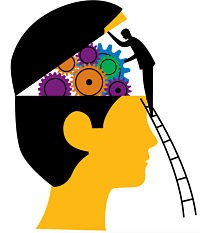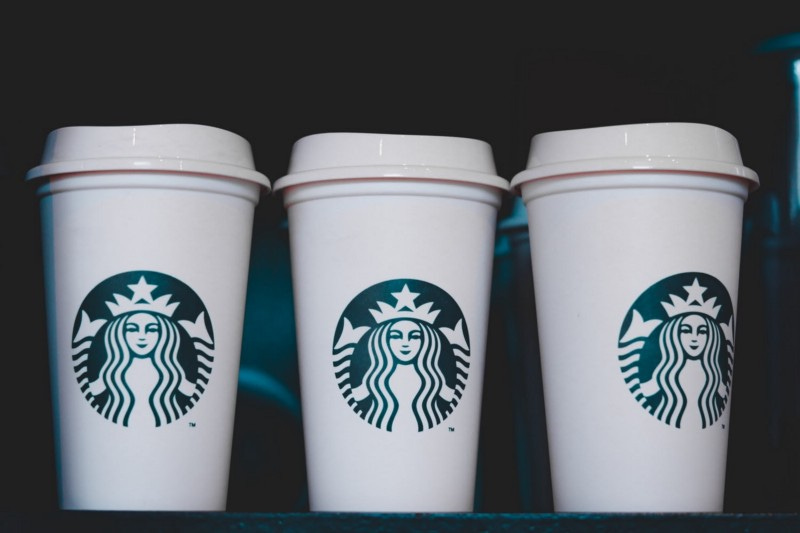Product Psychology: Is the Starbucks App Just As Addictive As The Coffee?
Mobile payment apps like Venmo, Apple Pay, and Google Pay have revolutionized the way we make transactions.
Mobile payment apps like Venmo, Apple Pay, and Google Pay have revolutionized the way we make transactions. Given this lineup, you may be hard-pressed to guess the leading mobile payments app (by users) up until late 2018. Surprisingly enough, Starbucks’ mobile app held this lead for years, and orders on its mobile app now account for a whopping 24% of Starbucks transactions.
How did they achieve such dominance? Simply put, they understand human behavior.
The best products tap into the fundamental aspects of human nature and the corresponding motivations, desires, and fears. The Starbucks app does this very well. Of course, Starbucks is not a technology company — which makes its app all the more impressive. This app is by far one of the best in the food/beverage industry, and similar companies should consider whether these principles and features could benefit their own product goals. Let’s do a deep dive into the Starbucks app and the psychology principles it incorporates.
Sunk Cost Principle: Upfront Payments Build Customer Loyalty
In contrast to the typical pay-when-you-order experience, Starbucks has users deposit a minimum of $10 to make a purchase with their mobile app. Considering the amount required to deposit is ~3x more than the cost of a drink, this is the sunk cost principle at work.
The sunk cost principle is the idea that we are more likely to stick with something once we have already invested money, time, or effort. By having users invest money upfront, they are more likely to come back to the app and make repeat purchases.
The sunk cost principle not only helps Starbucks extract more revenue, but also facilitates habit formation through the repeat ordering. Doing an action more than once increases the likelihood of having a positive experience, and these positive experiences, specifically the associated dopamine response, are key to forming habits.
Granted, this feature can frustrate light users who just want to buy a $2.00 coffee once. Recently, however, Starbucks now allows users to pay the exact amount of their coffee without reloading their card. Despite this new change, Starbucks still nudges users towards depositing more money by rewarding users with double points for using their Starbucks card.
Goals and Rewards: Reinforcing Customer Loyalty
Starbucks strategically combines habit formation with goal-setting. Let’s examine how they do this with the Hook Model, which explains the process of forming customer habits. This model consists of 4 phases: Trigger, Action, Investment, and Variable Reward. Let’s break down how this applies to Starbucks.
Trigger: Desire for coffee/caffeine (Internal), Getting a free drink coupon (External)
Action: Completing an order through the app
Variable Reward: Receiving points, coupons, free items such as holiday cups
Investment: Depositing money into the account, accumulating stars
Users receive promotions (external triggers) such as “Order this drink 2 times, earn 25 stars, Order 3 times, earn 50 stars.” In my experience, the drink in the promotion is usually a drink I buy often. Starbucks is further reinforcing a habit with an attainable goal, and thus giving the user the satisfaction of achieving said goal.
Moreover, these promotions are only offered occasionally, making them seem rare and creating a sense of urgency to take advantage of the promotion while it’s available. These promotions act as a variable reward for being a customer, as well as a trigger for their next purchase.

Users are reminded of how close they are to completing their goal with progress bars. This feature acts as positive reinforcement — the more they purchase at Starbucks, the more stars and rewards they get. In the hooked model, stars work as a form of investment as they remind the user how much they have invested in their Starbucks account. Not to mention, the rewards can then be used to visit Starbucks another time — acting as a trigger.
The free gifts received from achieving a goal create a pleasurable dopamine response in the brain, cementing a positive emotional association with Starbucks. While these may seem like small-scale features, over time these positive associations lead to lasting brand loyalty.

Brainstorm: Starbucks, but Social!
Incorporating more social features, similar to the likes of Snackpass and Venmo, would take this app to the next level. Two features that would add value are 1.) a social feed and 2.) the ability to do group ordering.
1. Social Feed
Having a social feed where you can see your friends orders takes advantage of the social proof principle, which is the idea that we view a behavior as correct the more we see others doing it. The impact of this principle is two-fold. First, seeing friends also order from Starbucks reaffirms it is a typical, positive action — a concept known as normative social influence — and increases the likelihood of the behavior continuing. Second, considering Starbucks expansive and customizable menu, the social feed can allow users to easily find new drink orders and boost customer satisfaction — not unlike Spotify’s ‘Friend Activity’ feature. In general, we rely on friends for recommendations because we trust them and have shared interests.
2. Group Ordering
One common use case for the Starbucks app is ordering drinks for the office or a group of friends. Currently, this means one person inputs the whole group’s order, which can be tedious and time-consuming. Starbucks instead could offer a feature where a user can start a group order by sharing a link through text or inviting friends through the app. This would encourage those that are not already on the app to try it out, hitting them with the sunk cost principle once they add money to their account. The order could also be saved for the next time the group wants to order, making group orders easier, quicker, and more frequent.
Further Reading
Hooked: How to Build Habit Forming Products, by Nir Eyal
Subliminal: How Your Unconscious Rules Your Behavior, by Leonard Mlodinow
Thinking, Fast and Slow, by Daniel Kahneman
Predictably Irrational: The Hidden Forces That Shape Our Decisions, by Dan Ariely
Nudge: Improving Decisions About Health, Wealth, and Happiness, by Richard Thaler







